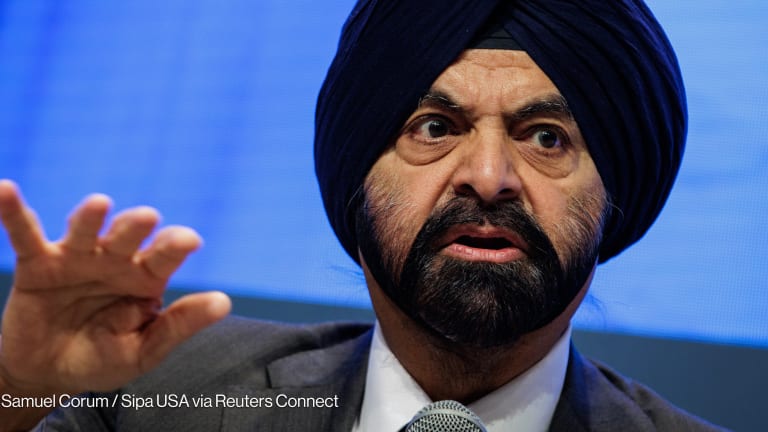
About half of Ugandan households have access to one form of electricity, but the country aims to achieve 80% electricity access by 2040. With less than 20 years to go, energy consultants say the feat may be difficult, given the high connectivity costs and the question of profitability for the local utilities.
But a project funded by The Rockefeller Foundation and coordinated by Power for All is intending to tackle energy access by using mini grids and increasing power consumption to ensure that connections translate to revenue.
The project, named Twaake, includes three partners — Equatorial Power, which installs the mini grids; East African Power, which offers agro-processing solutions; and EnerGrow, an asset-financing company — that are pushing for productive use of electricity by clients.
Sumaya Mahomed, Uganda director at Power for All, said the model ensures that clients get energy and are able to earn a living by making productive use of it.
“It starts with the utility and the mini grid, which provides power. We then ask ourselves what they use it for,” she said.
“Our business model aims at solving the problem of low incomes making it difficult for people to pay for power ... that could help them increase their incomes.”
— Aaron Leopold, chief executive officer, EnerGrowAccess through mini grids
The project is currently at the pilot stage in two villages in Mukono district in the country’s Central Region. One of the villages — Nyenje — has been connected to the grid since July 2020, while in the second village — Kiwumu — Equatorial Power has installed a 40-peak-kilowatt mini grid.
Francesca Oliva, chief operating officer at Equatorial Power, said the power plant has the potential to produce 65 megawatts of power every year, adding that this integrated energy model is the way to go.
“This is the first interconnection project in East Africa where a mini grid is interconnected to the national grid,” she said.
A 2019 World Bank and Agence Française de Développement report found that “distribution utilities in many countries cannot break even with connection fees lower than US$200.” For mini grids, however, the future looks promising, as forecasts predict a drop in connection fees.
Though the current upfront costs of an unsubsidized mini grid are similar to those of a grid connection — between $500 and $2,100 — Power for All says these can be reduced by 60% by 2030, through standardized systems, a decline in hardware costs, minimized regulatory barriers, and low-cost financing, among other factors.
James Banabe, former director for energy resources management at Uganda’s Ministry of Energy and Mineral Development, said that although electrification is expensive in Uganda, achieving the country’s target is possible with government support and the continued inclusion of the private sector and off-grid connections.
Productive use
But even when access is achieved, electricity consumption levels in Africa are low and utilities fail to recover their costs.
In 2015, Kenya embarked on an ambitious electrification project worth over $600 million. Though the project saw many people in rural areas and informal settlements connected to the grid, it also resulted in tens of millions of dollars in debt for a national utility three years later. This was due to low consumption and a high percentage of clients being unable to pay.
To counter this, partners at Twaake are trying to get consumers to increase their consumption and their income.
“Our business model aims at solving the problem of low incomes making it difficult for people to pay for power or purchase appliances that could help them increase their incomes,” said Aaron Leopold, chief executive officer at EnerGrow.
The project provides asset finance for electrical appliances for small businesses, Leopold said. So far, 26% of businesses in Nyenje village have received income-generating assets. According to Power for All, these businesses increased their revenue by over 70% and electricity consumption by over 50%.
As part of the pilot, Power for All said that over 50% of the businesses in Kiwumu village will receive asset financing. The project will also offer asset financing to households in the two villages for appliances.
The pilot is scheduled to come to an end in June next year, but Mahomed is hopeful that it will continue and inform both policy and other organizations on how to increase access and deal with the challenge of power consumption once access has been provided.
“We are in discussions with Rockefeller to look at multiple other sites after these two. It is a positive step in the right direction,” she said.
Update, July 22, 2021: This article has been updated to clarify details of the power supply in Kiwumu.




